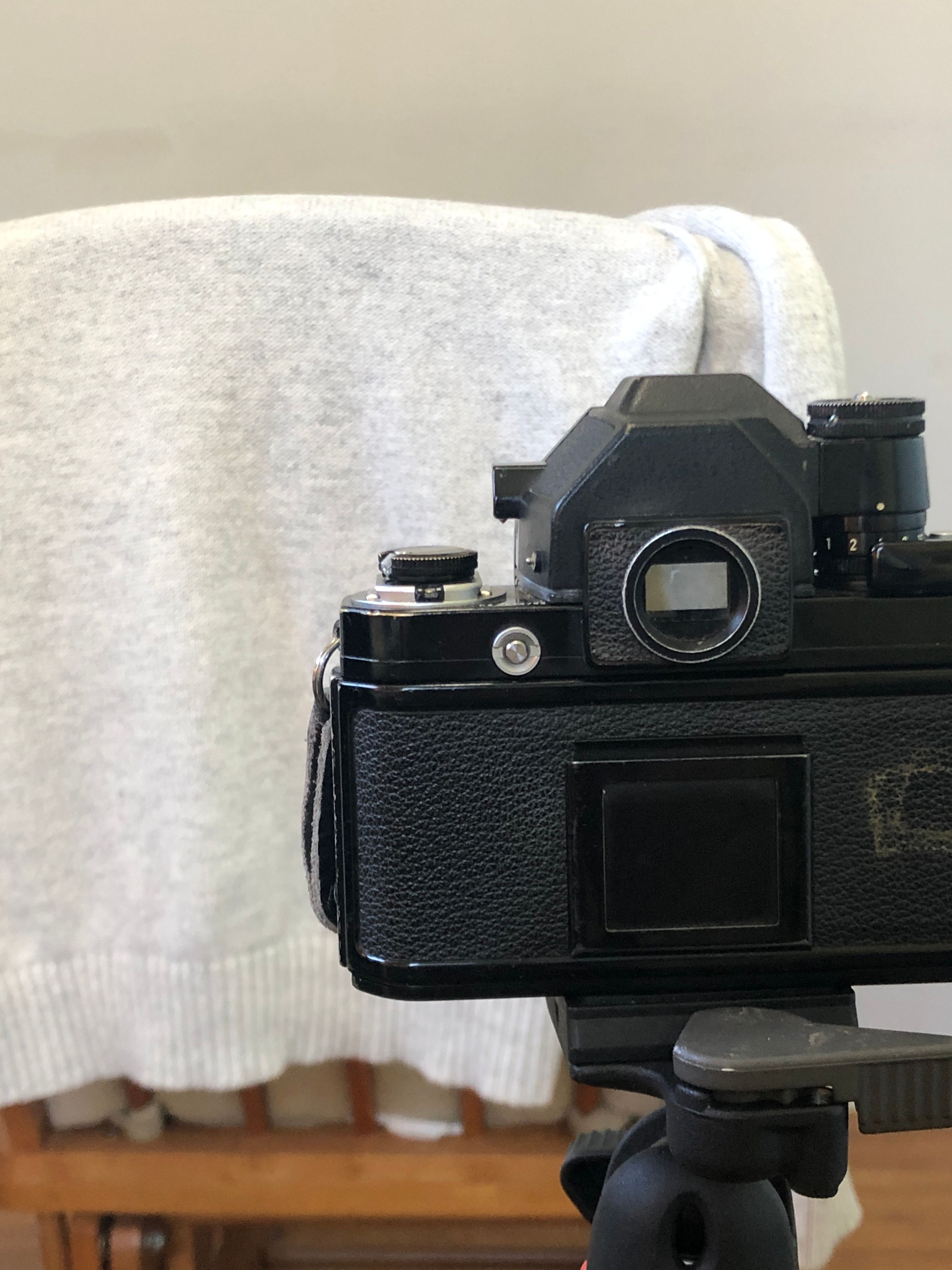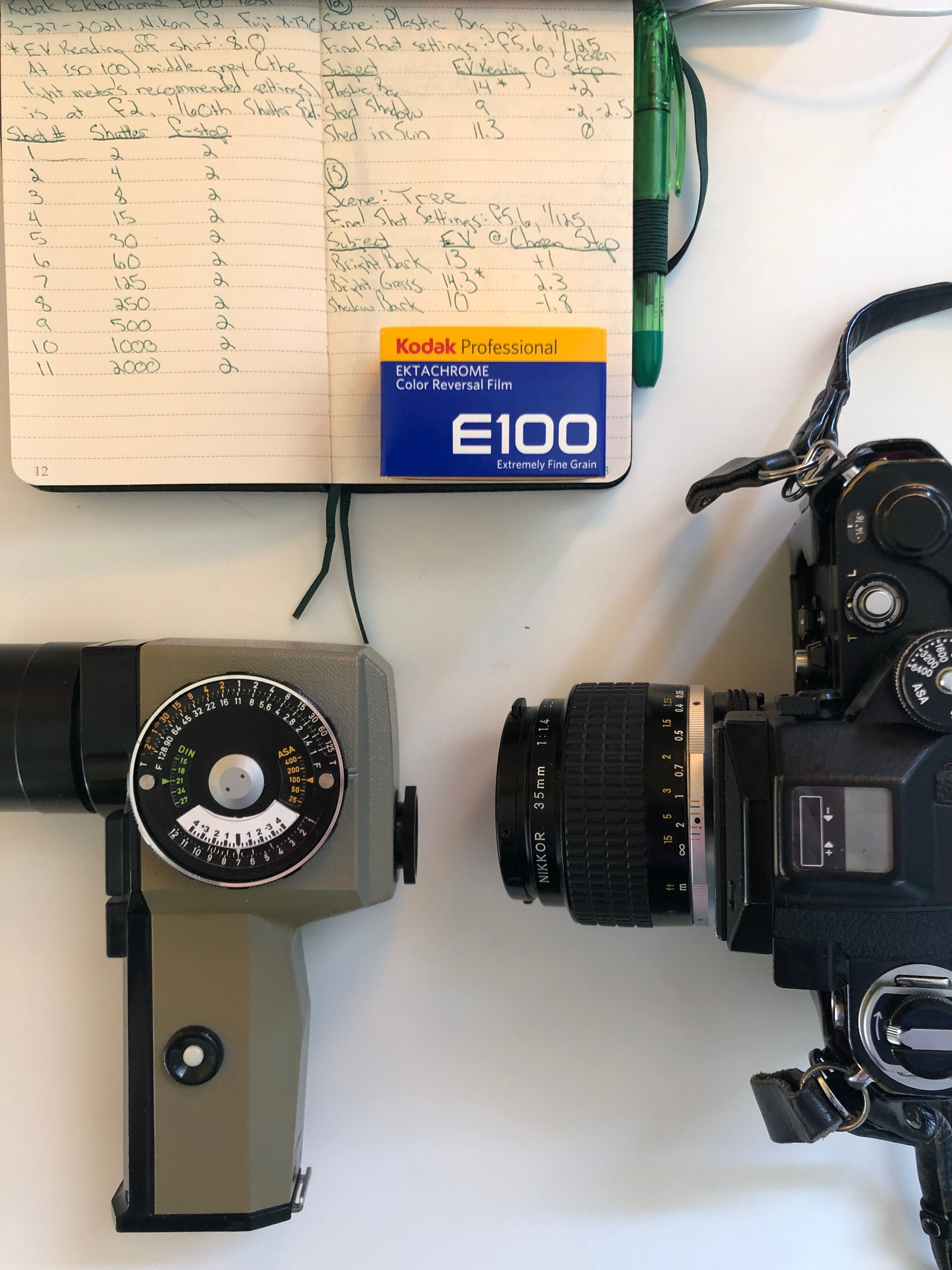Weekend Project: Slaying Ektachrome
-
I think I mentioned before that color reversal film scared the hell out of me in high school.
Unlike film negatives, color reversal or "slide" film produces a positive image, so on the developed film strip, what you see it what you get. It produces really wonderful images, and different film stocks render colors in ways that are hard to match with traditional color negatives.
...But slide film is a nasty, unforgiving bitch. Its dynamic range is a hell of a lot more limited than negative film, and you cannot fix that shit in post. So if you screw up that exposure, even a little bit, even half a stop, sorry Charlie, you done effed up that shot. Nothing can bring it back.
Not only that, it's also expensive. Both in terms of the film stock, and the development. Instead of using C-41 processing, which is standard issue for many negatives, you need to use E-6 processing, which is not only more expensive often times, but also much more rare. In my area, out of the two dozen or so photo labs available, there are one, maybe two that offer E-6 processing.
But, it's time. Time to slay the monster.
The first thing to do is to conduct a dynamic range test. For this you will need:
- 1 roll of Ektachrome E100
- Film camera
- A spotmeter (NOT an incident light meter, those things are ass for this kind of thing.)
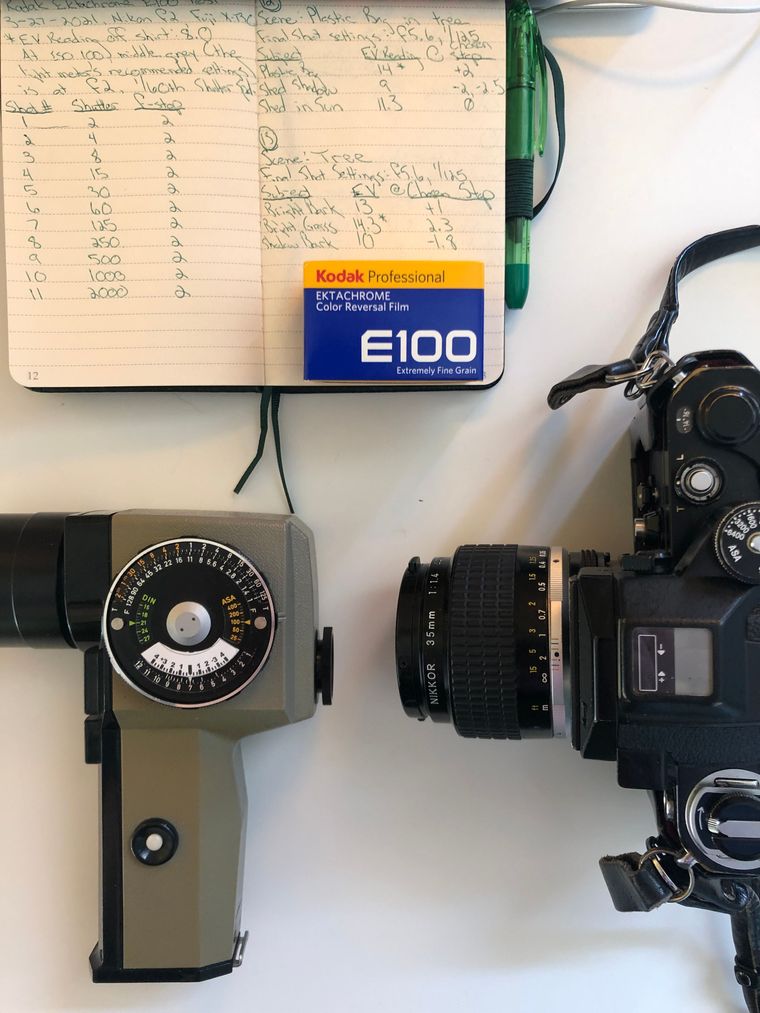
First, set up a textured, monochrome surface (like a shirt or something) as your subject. Then, take a reading from your spotmeter.

That'll tell you the proper exposure to useNO DAMMIT, NO! A THOUSAND TIMES NO, THAT'S NOT WHAT IT DOES!!!Any light meter will tell you the proper exposure to use to have the light it's reading come out as perfectly mid-tone in your photo. That's all it can do. It can't tell you what the "proper exposure" is, that depends on you, your understanding of your film stock, and how bright or how dark you want the thing you metered for to actually be.
There is no tooth fairy, that was your parents. There is no proper exposure. There's no such fucking thing, other than what you intended in your mind. And your meter can't tell you what that is. You need to interpret what it tells you.
...So for the first ten shots of the roll, I conducted the dynamic range test, to see what the film can actually handle.
For the rest of the roll, what I'm doing is:
- Taking several light readings of scenes under various lighting conditions.
- Recording the EV of several disparate elements in the scene, and, based on how light or how dark I would want those elements to be, figuring out what settings the camera should be on to achieve that.
- I compare all of those readings and their corresponding camera settings. The latter should all be identical if I did it perfectly, which I never do, so I have to take an average. Then I make a final determination, record my camera settings, and take a photo.
- I also take that exact same shot with my digital camera, so I'll have a basis for comparison for each shot once the roll is developed.
...Provided I don't open the damn back of the camera too early when I rewind the film. Classic blunder. I always think I'm breaking the winder at the very end but no, I gotta keep goin'. I need to write myself a sticky note.
-
Interested to hear how it turns out.
-
Interested to hear how it turns out.
@taiwan_girl said in Weekend Project: Slaying Ektachrome:
Interested to hear how it turns out.
@taiwan_girl Successful test. Interesting conclusions:
- Both color and black-and-white negative film allows about 8 stops of latitude for its dynamic range. (For others: 1 "stop" is a doubling or halving of light. It's a relative measure to compare the difference in light from one thing to another thing. EV is how much light there is from an object, so it's an absolute rather than relative measure. So two objects that have a +3 or -3 difference in their EV can be said to be 3 stops apart.) Modern digital camera sensors offer a total latitude of about 7 to 8 stops, so it’s on par with negative film, BUT: the scale is NOT symmetrical. For example, my Fuji offers 7 and a half stops of latitude, but the range is -4.5 EV from middle grey — middle grey — +2.5 EV from middle grey. So, there’s more latitude in the shadows than in the highlights.
- What makes this extra confusing is that you might be misled into thinking that you have more shadow detail than highlight detail. Untrue in the case of both film and digital. If you’ve got to guess the exposure, it’s always better to over-expose than under-expose with negative film and with digital cameras. With slide film? Complete opposite. More detail in the shadows. Expose to the left, not the right, if you're unsure. Which brings me to:
- EKTACHROME IS A DEMANDING BITCH. The latitude I get with my camera setup is 5. That’s it. That means that if you’re off by even half a stop (for example, using a shutter speed of 45 rather than 60), it’s going to be obvious. Maybe you can fix it in Lightroom. Maybe. If you’re off by a full stop? Fughedaboudit.
Here’s an example: This looks okay, right? I metered for the brightest parts of the leaves, and then, because I wanted them to be very bright in the resulting image, I added 2.5 EV to my spot meter’s exposure settings, knowing I had about +3 EV of latitude from middle grey to work with. Seems okay, right?
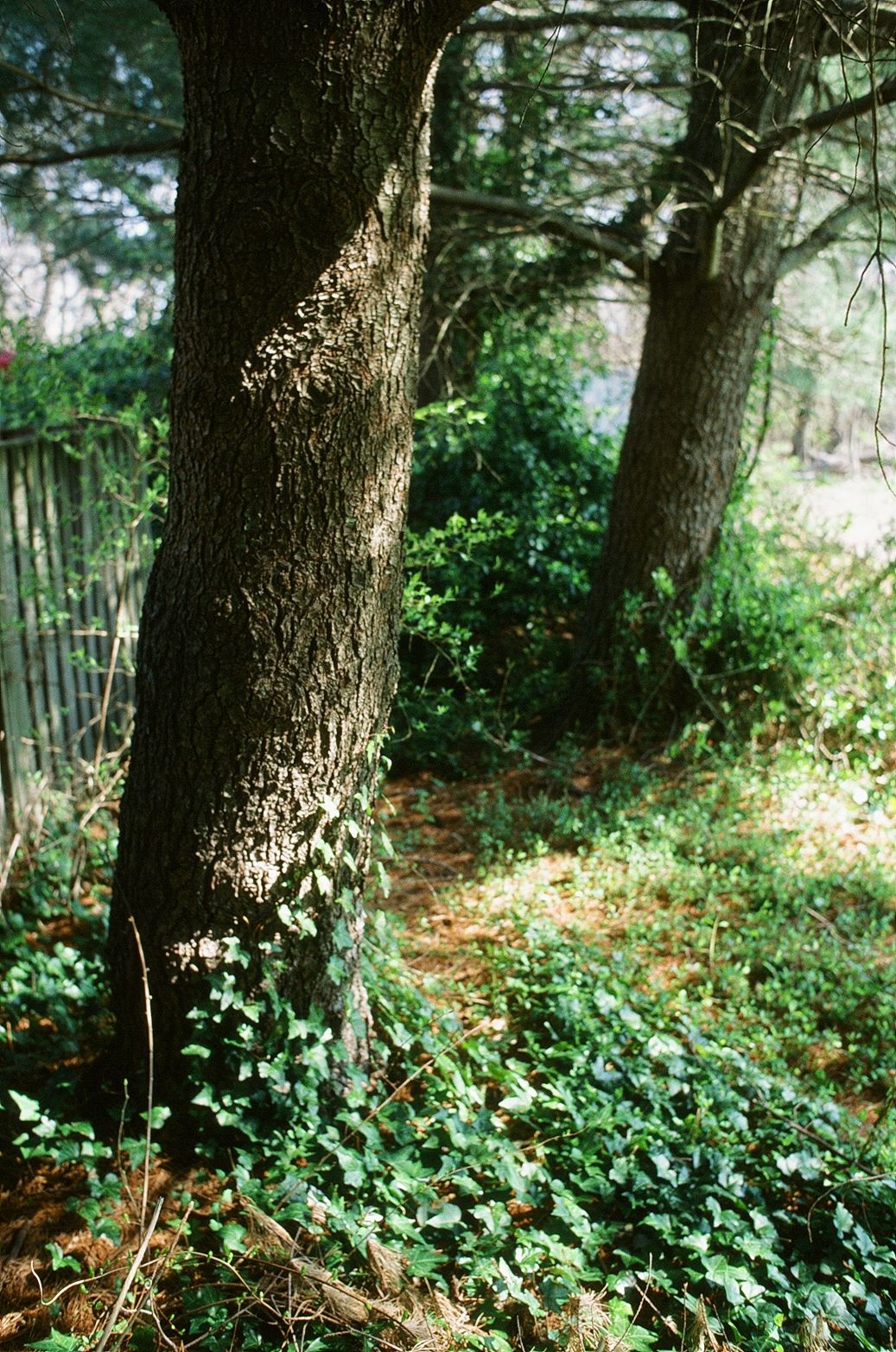
Now look at this. I used the exact same metering process. I metered for the sky, took the readings, added +3 EV, set my camera, took the picture. The foreground had plenty of shadow detail with that exposure setting. Plenty. And the metering process took what, about 5 to 8 seconds? In that time, the light changed so much that this was the result:
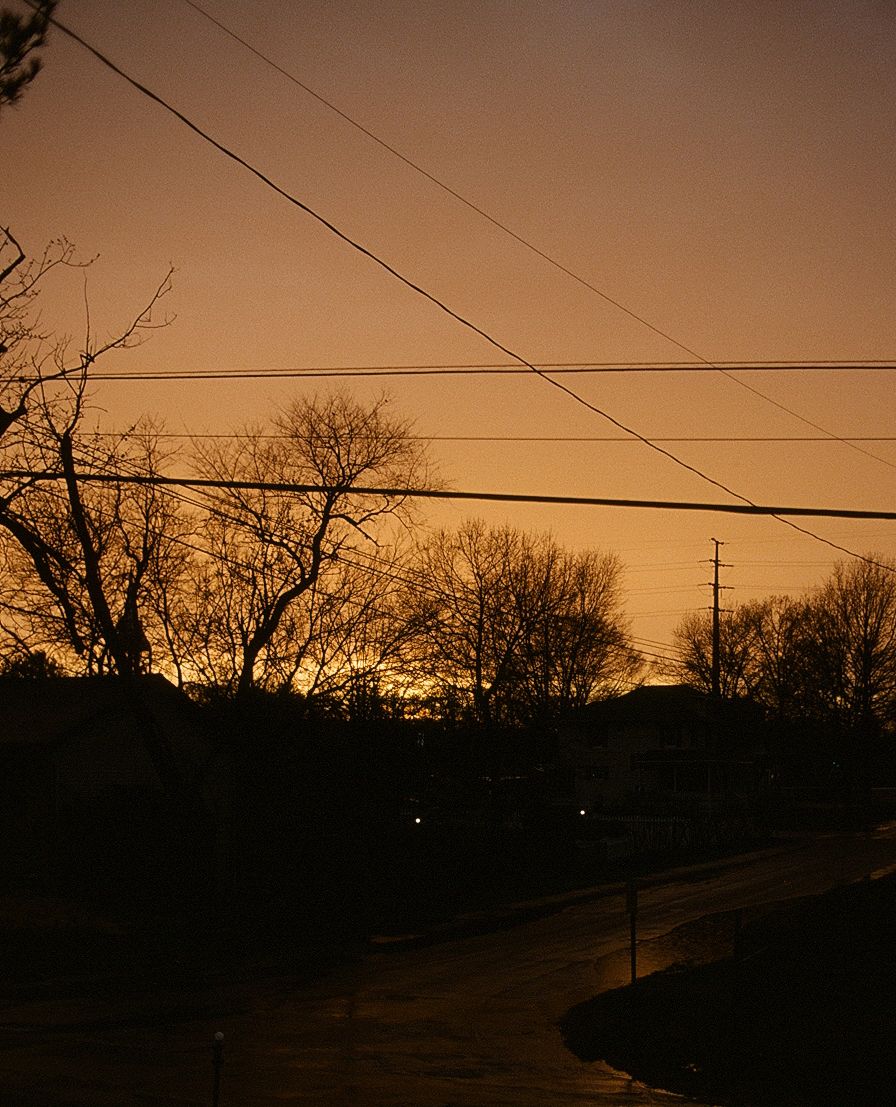
5 to 8 seconds.
-
@jolly said in Weekend Project: Slaying Ektachrome:
Must. Go. Faster. - Jeff Goldblum
Yep.
 But experience => intuitively knowing what the hell you're doing => faster speed. So, still have a lot to work on.
But experience => intuitively knowing what the hell you're doing => faster speed. So, still have a lot to work on. -
Love that first picture above of the trees. Love the colors and the way they go together. Not sure how to say the word, but like the way it turned out.
-
Love that first picture above of the trees. Love the colors and the way they go together. Not sure how to say the word, but like the way it turned out.
@taiwan_girl said in Weekend Project: Slaying Ektachrome:
Love that first picture above of the trees. Love the colors and the way they go together. Not sure how to say the word, but like the way it turned out.
That's kind of ya.
 Really though, the whole roll was test shots: I tried to expose the film under very different lighting conditions to see how the final images would come out, given the metering method I was trying.
Really though, the whole roll was test shots: I tried to expose the film under very different lighting conditions to see how the final images would come out, given the metering method I was trying.Now that I know I'm on the right track with exposing the film, I can get to the business of actually taking photographs.

